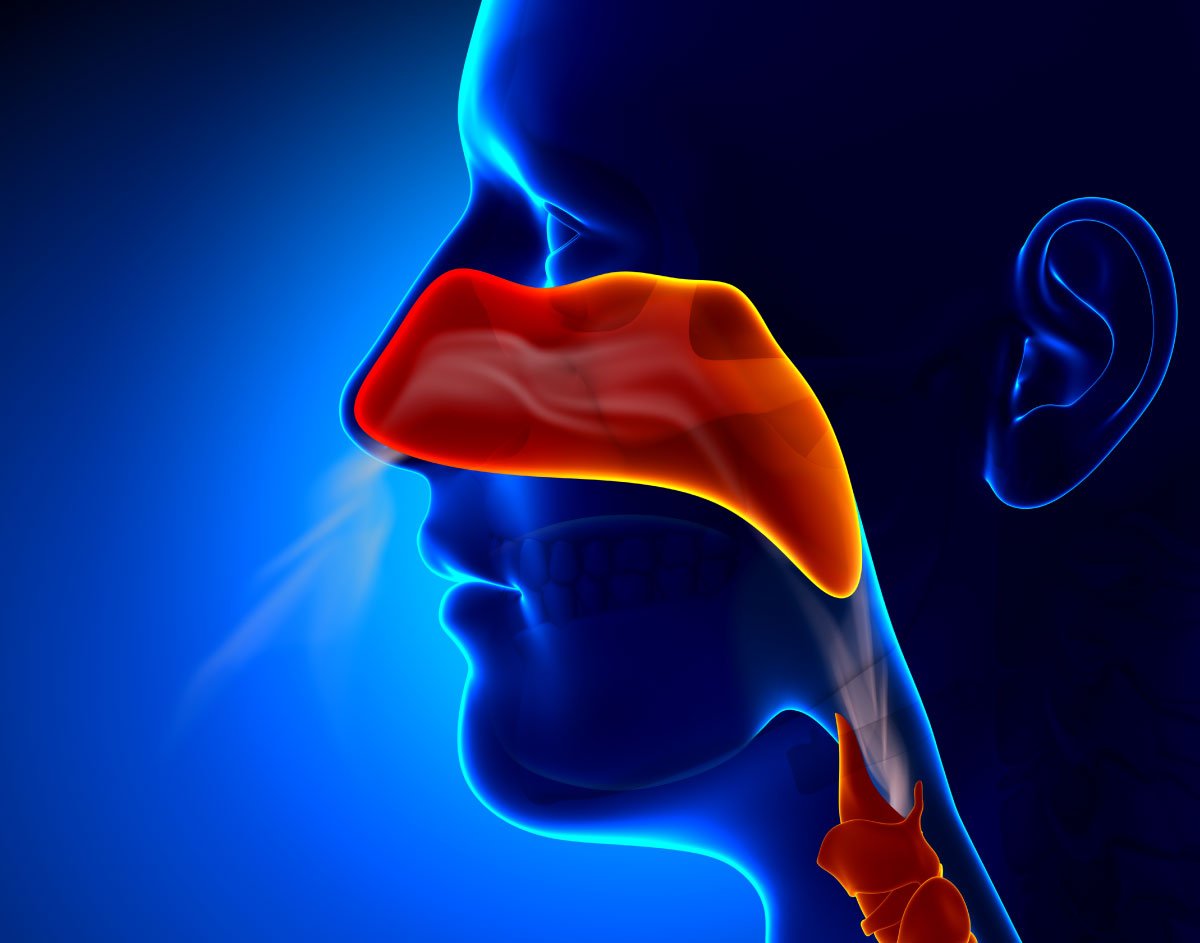Acoustic Resonance Therapy: A Promising Approach to Improve CPAP Adherence
Continuous positive airway pressure (CPAP) therapy stands as the gold standard treatment for obstructive sleep apnea (OSA). However, a significant number of patients struggle to tolerate CPAP, often citing nasal congestion as a major hindrance to adherence. In an effort to address this issue, researchers conducted a study to investigate the potential benefits of Acoustic Resonance Therapy (ART) for patients facing challenges with CPAP adherence and experiencing nasal symptoms.
The study involved 25 adult participants recently diagnosed with OSA, who had initiated CPAP therapy within the past 90 days but were not adherent according to Medicare criteria. These individuals self-reported nasal congestion as a significant factor contributing to their non-adherence. The participants were introduced to the Sonu vibrational headband system, a non-medication-based approach designed to alleviate nasal congestion. The headband, worn just above the eyebrows, employed a smartphone application and facial scan to estimate sinonasal volume, determining the appropriate resonant frequencies and harmonics. The system utilized two vibrational transducers to produce acoustic signals within the audible range.
Over 28 consecutive nights, the participants used the Sonu headband for 15 minutes each evening, just before donning their CPAP devices. Total nasal symptom scores (TNSS) were assessed at the study's outset and self-reported daily during the Sonu headband use.
The results showed promising outcomes. On days when participants used CPAP, the mean hours of CPAP usage increased significantly during the intervention period. A subset of 12 participants, for whom 28 days of pre/post data were available, demonstrated a remarkable rise in the total hours of CPAP usage. CPAP adherence according to Medicare criteria also exhibited a substantial increase, indicating the potential effectiveness of ART in promoting adherence. Moreover, participants reported a significant reduction in nasal symptoms as reflected in the decreased TNSS.
Overall, the findings from this prospective study suggest that Acoustic Resonance Therapy, delivered through the Sonu headband system, holds promise as a non-invasive and non-medication-based approach to improve CPAP adherence and alleviate nasal symptoms. As an emerging alternative treatment, ART may offer new avenues to enhance patient compliance with CPAP therapy and contribute to better management of obstructive sleep apnea. Further research and larger-scale studies are warranted to validate these encouraging results and explore the broader impact of this innovative therapy.
To read the whole abstract published by Dr. Dominic Munafo, Bretton Lane, Betsy Dauphin, and Christy Guerrero, click here.

